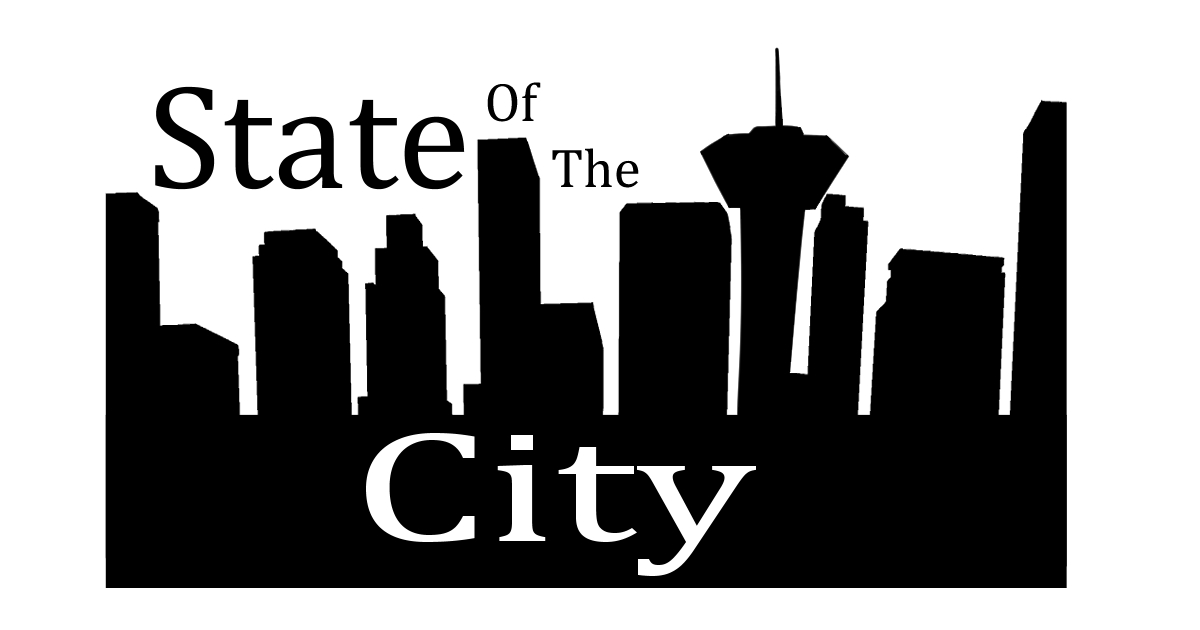San Antonio school districts implement cost-saving measures to combat stagnant funding.
Northside Independent School District, operating on multi-million dollar budget deficits, is anticipating a further loss of state funding following the possible implementation of school voucher legislation.
The Texas Senate passed Senate Bill 2 on Wednesday, Feb. 12. SB 2 will allow the state to establish education savings accounts, a program that allocates taxpayer dollars to send their children to private schools and institutions.
SB 2 will allocate $10,000 per year for children who attend private schools, $11,500 per year for children with disabilities who attend private schools and $2,500 per year for children who are homeschooled.
SB 2 now moves to the Texas House of Representatives — where a similar bill was voted down two years ago. However, for this legislative session, Governor Greg Abbott claims to have the support he needs to pass the bill.
SB 2 has received pushback from local state lawmakers in San Antonio. Sen. Jose Menéndez (D-San Antonio), argued that San Antonio school districts — operating under steep budget deficits — will lose essential funding if the ESA program was implemented.
“In my own district, many of my schools are facing steep budget deficits and they have crippled their ability to provide services and resources to their students,” Menéndez said.
NISD, North East Independent School District and San Antonio Independent School District have all passed operating budgets with multi-million dollar budget deficits for the 2024-2025 school year. These districts have already begun to feel the effects of stagnant funding from the state.
For the 2024-2025 school year, 15 schools in SAISD were marked for closure as part of the district’s “rightsizing” initiative. SAISD aims to reduce resource consumption to more efficiently distribute funding as the district experiences a decline in enrollment.
This trend for San Antonio school districts has progressed, as NEISD voted to close three schools by the end of the academic year. The district cited an aging population, declining enrollment and reduced funding to justify the closures.
While SAISD and NEISD have opted to close campuses to reallocate funding, NISD — San Antonio’s largest school district by population — has been able to stave off this measure thus far.
However, should school voucher legislation pass in the Texas Legislature, NISD Superintendent John Craft warned that campus closures, among other cost-saving measures, might be in the future for the district.
“I definitely foresee engaging in those conversations. In fact, we’ve already started that process and just assessing and looking at enrollment, but more importantly, enrollment projections for next year,” Craft said. “I don’t foresee us closing or consolidating campuses going into this upcoming school year, but that’s not to say that the conversations won’t commence going forward.”
However, NISD is considering other cost-saving measures as funding its operating budget becomes more of a concern year after year.
Salary raises for teachers and other administrative or support staff — intended to maintain pace with inflation — might be readjusted or cut altogether without more funding from the state.
“We typically try to keep up with inflationary pressures,” Craft said. “It depends on what happens this state legislative session as to whether or not we’re able to do so.”
In addition to adjusting raises for educators, NISD may also look into adjusting classroom sizes and increasing student-to-teacher ratios. This means that classroom sizes will likely increase without an increase in funding.










